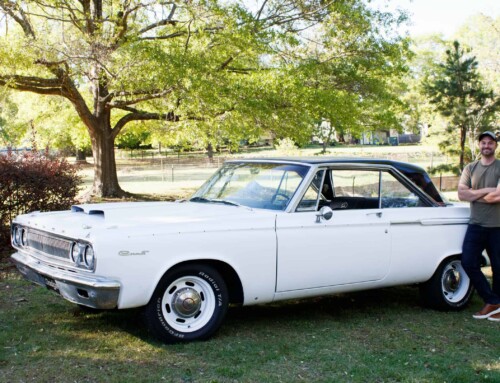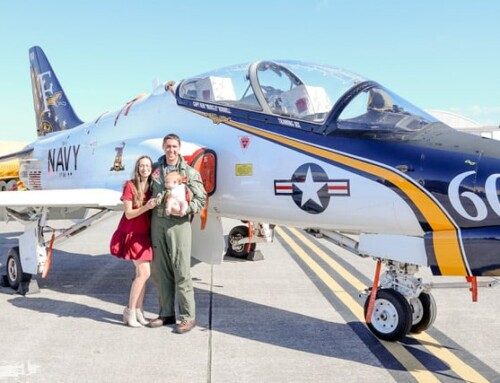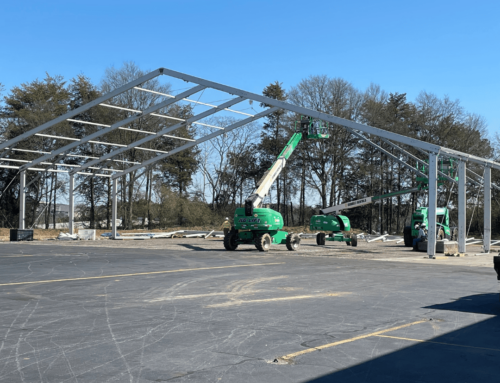 By Jarod Spencer
By Jarod Spencer
Aircraft go fast. Customers use these wonders of technology to get where they want to go more quickly than they otherwise could. Because of the pressures to meet schedules, flight crews can get in a rush. While efficiency is a hallmark of a well trained crew, speed for speeds sake is neither desirable nor safe. Three key areas could cause problems for those of us who might be pressured into a rush – preflight planning, preflight inspection, and the thirty minute check.
Preflight planning involves a myriad of different information sources and planning tools. A pop-up trip still demands the same level of care as a flight that is known weeks in advance. As professionals, we must not sacrifice diligence for speed. Use all available resources so that you can make an informed decision. For instance, when is the last time you looked at the Airport Facility Directory for an airport you fly into regularly. Has anything changed? Don’t assume.
The preflight inspection involves the routine examination of parts we are all familiar with. It would be easy to assume that not much has changed since the last time the aircraft was looked at. I was reminded just recently to be intently looking over the aircraft. If in a hurry, something may be missed. Our duty as professionals is to ensure that the aircraft is airworthy. We must exercise the same care during a pop-up flight as any other. Be expedient, but do not cut any corners.
Most times we can get the preflight planning and inspections done without too much trouble. Usually time becomes critical in the minutes before passengers are expected to arrive. ATIS must be updated, clearance obtained, performance numbers run, taxi routes noted, and departure procedures familiarized. Should the passengers show up early, this must all be done while checking IDs, loading bags, and escorting passengers. It is easy to push things off or assume that the crew is on the same page. At this point, the crew must intentionally slow down and ensure that all is as it should be. Even with customers pushing for time, we must take the high road. Realistically, an extra minute or two is all that is required to finalize any unresolved issues. That extra minute prevents scrambling to finish items on the taxi, allows proper focus on the taxi route and runways clearances, and promotes situational awareness instead of an in-cockpit, heads-down situation.
Being in a rush can cause a crew to miss important details and not be unified in mission. Without a doubt, the best way to combat a rushed atmosphere is to allow plenty of time to accomplish required tasks. However, if time is short and passengers are waiting, we still owe our customers a professional handling of the situation. Take a breath and take the time to ensure that both aircraft and crew are ready to go before moving out of the blocks.






Leave A Comment